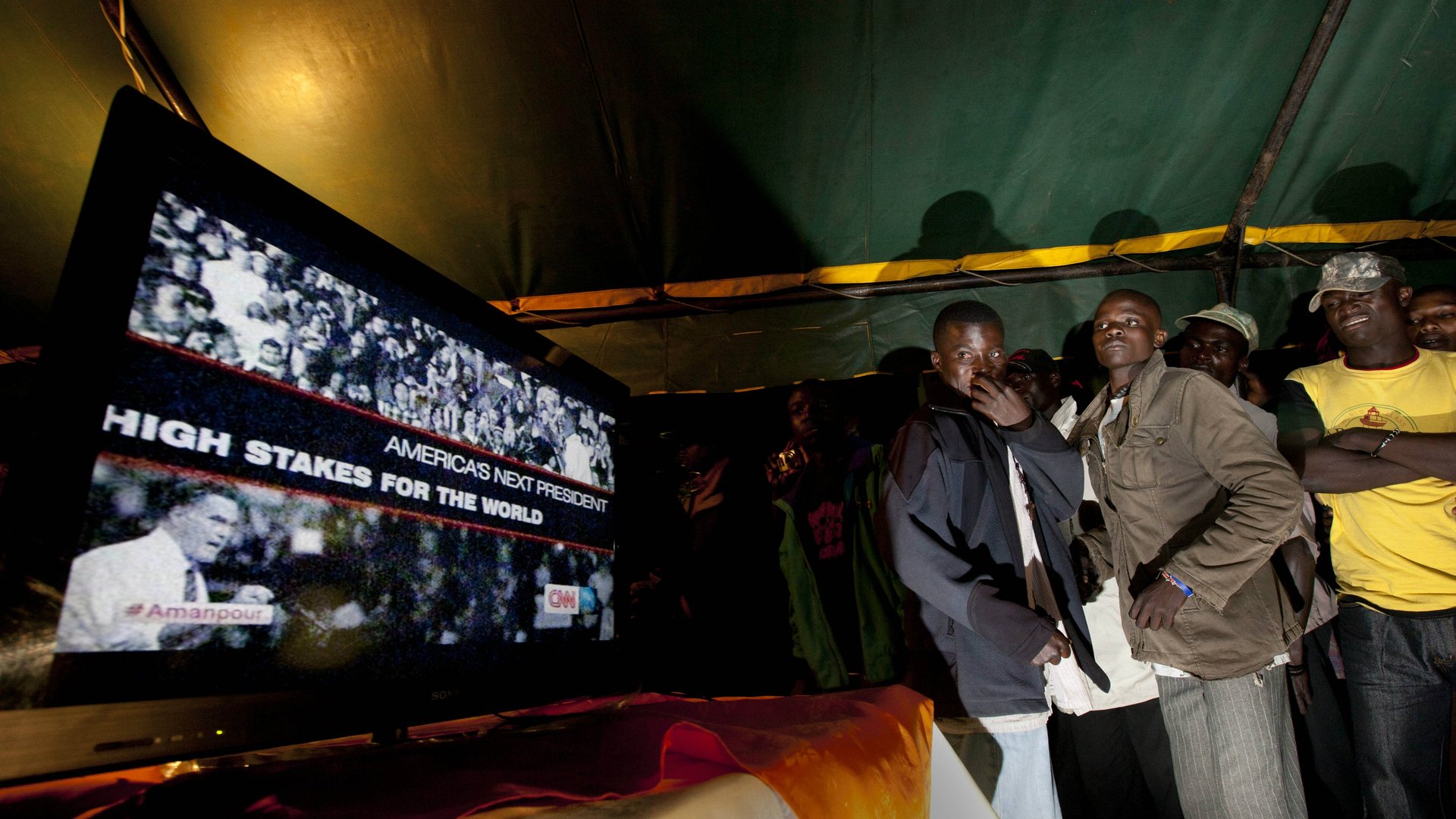A Chinese media company is taking over East Africa’s booming pay-TV market
MultiChoice’s DStv used to be the powerhouse of Africa’s pay-TV market. Not anymore.


MultiChoice’s DStv used to be the powerhouse of Africa’s pay-TV market. Not anymore.
The South African media company finds itself being challenged for supremacy by a new and cheaper option in the form of China’s StarTimes.
In Africa’s largest economy, Nigeria, StarTimes has reportedly knocked MultiChoice off from its top spot as the biggest provider. And with the migration to digital, which is happening across east Africa, the market is set to grow even bigger.
A region with a population of almost 150 million people, TV penetration stands at a little under 34 million households in east Africa, according to Dataxis, a global business intelligence firm.
While the pay-TV market is growing, close to 80% of people are still reliant on free-to-air channels. Overall, Tanzania leads east Africa with the highest number of subscribers, boasting 36% of the region’s 1.6 million viewers.
StarTimes has 39% market share in East Africa, edging out the once market leader MultiChoice, which, through its DStv offering, controls 38% of the market. The rest of the space is occupied by the likes of AzamTV, owned by one of East Africa’s wealthiest individual Said Bakhresa, and Zuku TV, another East African brand.
They are all tapping into a growing consumer market in the region that increasingly has disposable income to spend on pay-TV.
Local content yet to be king
Part of the explanation for the growing popularity of StarTimes has been its decision to go after the mass market which DStv had ignored, focusing instead on high-end customers.
In Tanzania, for example, the cheapest package from MultiChoice is available for about $9 dollars a month for 44 channels. StarTimes offers a boutique of 40 channels, that includes Aljazeera English and MSNBC, for half that amount. The South African media giant would probably find StarTimes’ competition even more challenging but for DStv’s exclusive rights to the English Premier League and other elite football matches available on its pan-African station Supersport.
This growing east African TV audience and the deepening penetration of pay-TV offerings, however, has had limited impact on locally produced original programming, industry analysts say. “Ideally, TV stations should fund producers to create local content,” media analyst Fausta Musokwa told Quartz. “That cycle doesn’t exist. So independent producers are looking for funding from other sources.” Those sources include donor funded programs such as the popular Tanzanian drama “Siri ya Mtungi” which received its financing from The Johns Hopkins Bloomberg School of Public Health.
“Someone should be putting that money into the industry. And these stations have money from advertisers so that cycle [should start] rotating in the industry,” Musokwa says.
While DStv’s Africa Magic and StarTimes’ partnership with iROKOtv have done a credible job of creating spaces for African film-makers, most channels are typically happy to just broadcast donor-funded programs and cheap Latin American telenovelas. So for the TV market in east Africa, the next potential area of growth is in content creation. Nigeria’s Nollywood has shown that the market and the audience is there for locally resonant productions.